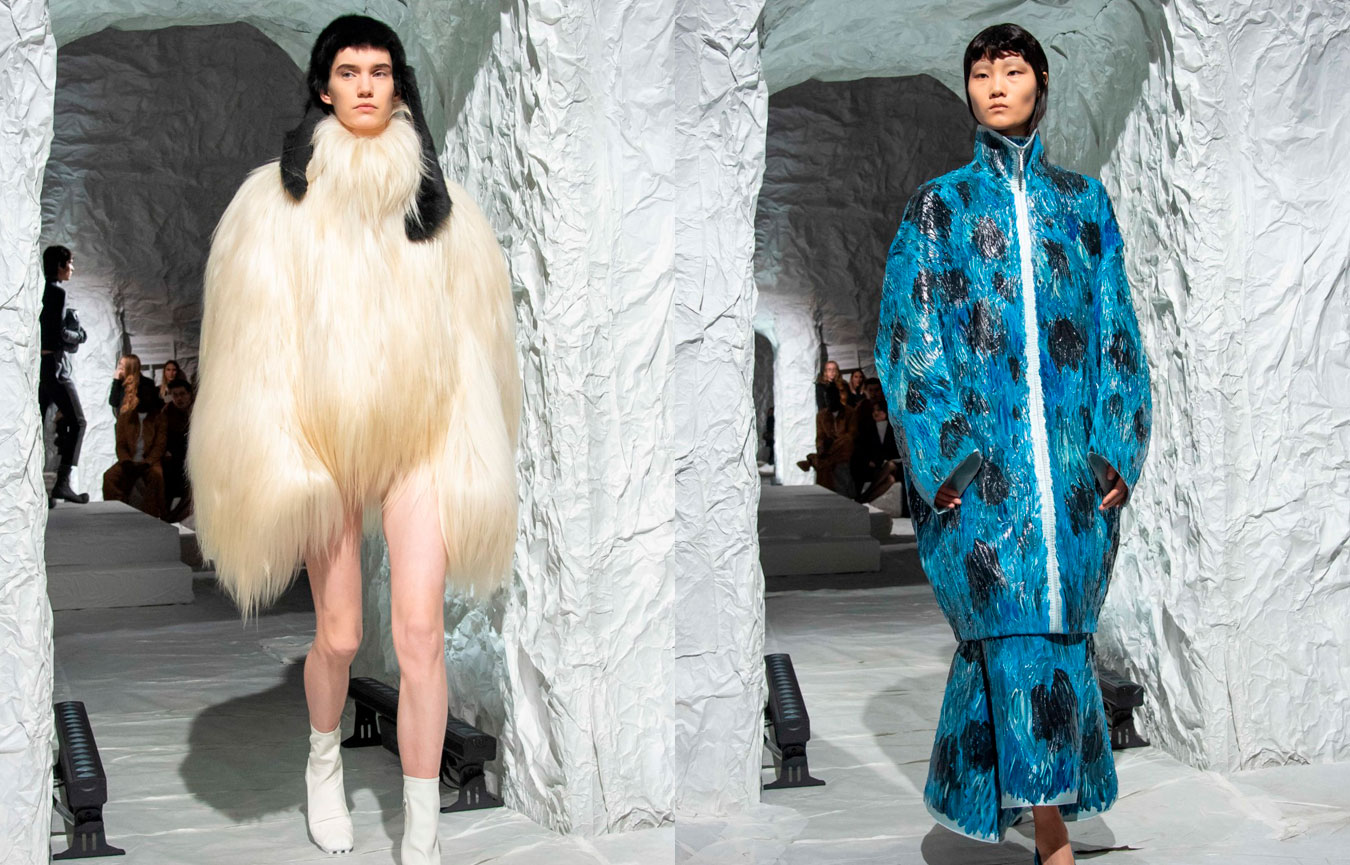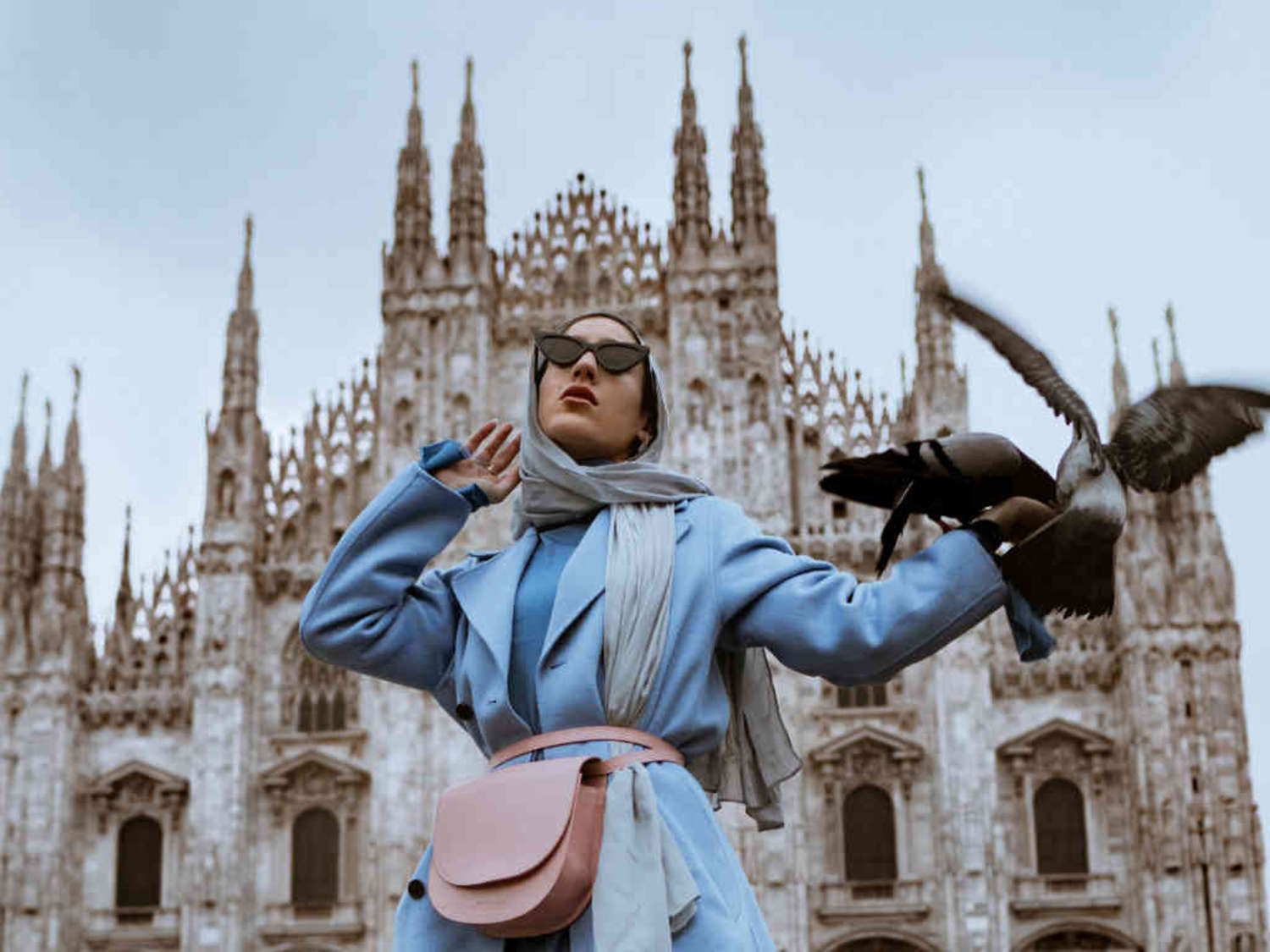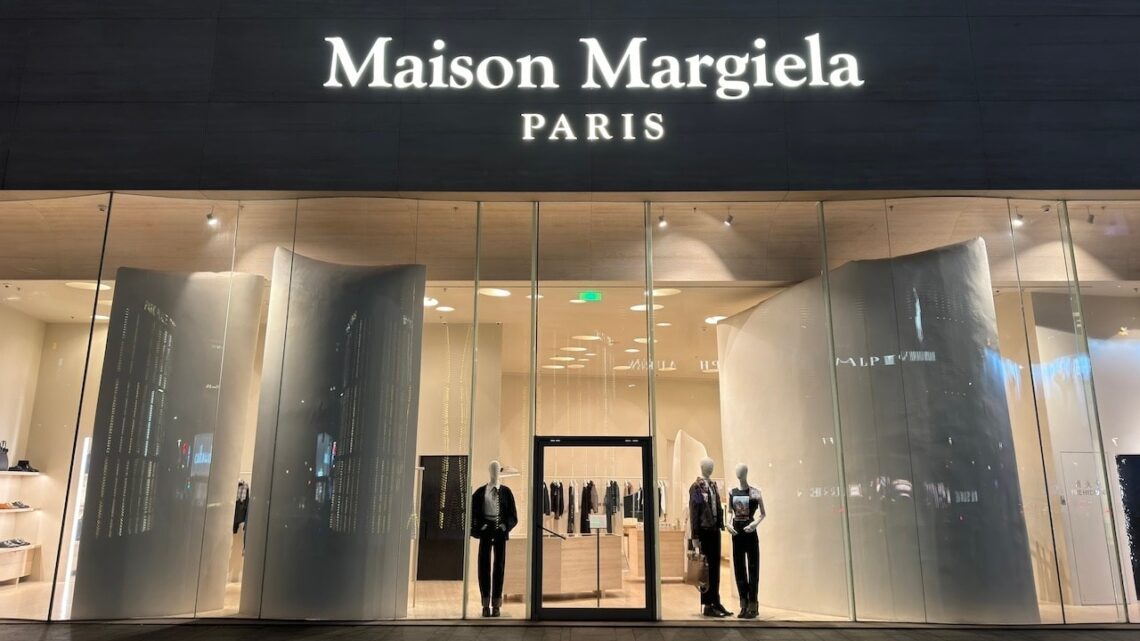In the often unpredictable world of luxury fashion, few companies have demonstrated such bold shifts in creative direction as OTB Group. Known for housing some of the industry’s most inventive labels, including Maison Margiela, Marni, Diesel, and Jil Sander, the group has once again caught the attention of the fashion world with a recent wave of leadership changes and design recalibrations. These changes signal not just a desire for renewal but perhaps a broader repositioning in the fast-moving high-end fashion arena.
Changing the Narrative at Margiela
Maison Margiela, one of OTB’s most iconic holdings, has long stood for conceptual craftsmanship. Since John Galliano took over as creative director in 2014, the house saw a rare synthesis of theatrical vision and technical finesse. However, the winds may be shifting. Recent backstage murmurs hint that Margiela’s direction could pivot once again, possibly towards something more commercially viable—without sacrificing the brand’s abstract DNA. Galliano’s public visibility has waned, and the speculation surrounding his future with the house only intensifies the intrigue.
This moment invites a comparison to the past. When Galliano stepped into Martin Margiela’s shoes, skepticism loomed. But in time, he revitalized interest and respect for the label. Now, the question isn’t just what comes next for Galliano—but who might OTB consider as a successor should change be imminent?
Marni’s Bold Turn

If Margiela whispers uncertainty, Marni shouts experimentation. Under the now-departed Francesco Risso, Marni morphed into a brand where eccentricity and street-level energy thrived. Risso leaned into art collaborations, offbeat color palettes, and inclusive casting, successfully shifting Marni’s narrative from quirky Italian luxury to fashion-forward cult brand.
But Risso’s exit this year has sparked new questions. Is OTB looking to scale Marni into a more accessible, globalized brand? While Risso brought critical acclaim and artistic authenticity, commercial traction lagged in some key markets. The next creative leader will have to navigate the fine balance between retaining Marni’s subversive aesthetic and reaching broader retail success.
The Diesel Comeback
Nowhere is OTB’s ambition more visible than in the resurrection of Diesel. The appointment of Glenn Martens in 2020 has arguably been the group’s most commercially successful and culturally resonant decision. Martens brought Diesel back to relevance with collections that mix nostalgia, irony, and technical prowess. Denim—a category many had written off as saturated—has become fresh again under his command.
This strategic move not only revived Diesel but positioned it at the center of Gen Z fashion discourse. With Martens staying consistent in his vision, Diesel has become a blueprint for what OTB may hope to achieve across its portfolio: edgy design married with scalable growth.
Jil Sander’s Minimal Mastery
While other labels in the group skew toward maximalism and experimentation, Jil Sander represents a rare case of subtle strength. Under Luke and Lucie Meier, the label has returned to its roots—clean tailoring, intelligent fabrics, and a quiet sense of luxury. There’s a loyal following for this kind of fashion, even amid louder competitors.
OTB’s decision to acquire Jil Sander in 2021 signaled a desire to diversify the creative palette within its portfolio. The brand offers the kind of European sophistication that complements the louder voices of Margiela and Diesel. However, whispers from Milan suggest the Meiers’ future may be uncertain, with rumors of a shift in direction that could either enhance or destabilize what has so far been a harmonious creative partnership.
A Portfolio in Motion
The strategic reshuffling of creative leadership across OTB’s key brands reveals a broader ambition—to remain creatively potent while also responding to market demands. Each label in its portfolio serves a different customer base, yet the group is clearly trying to shape a unified narrative of relevance and innovation.
This is where the keyword OTB creative shake-up begins to matter not just as a trend, but as a strategy. As fashion houses grapple with the push and pull between artistry and commercial necessity, OTB appears to be embracing calculated risks. The exits, hirings, and whispers of incoming talent reflect a deeper tension: how to maintain legacy while adapting to rapid cultural and economic shifts.
The Global Fashion Context

It’s not just internal decisions that are prompting change. The fashion industry is undergoing structural transformation. Fast fashion’s dominance is declining in the face of sustainability concerns, while digital-native brands are accelerating the need for omnichannel creativity. Consumers demand authenticity but also accessibility.
In this context, OTB’s approach can be viewed as more than just a creative reshuffle. It may signal a longer-term vision of agility. Rather than relying solely on blockbuster names or singular aesthetics, the group is trying to cultivate a diverse range of voices—each capable of adapting to their niche, yet united under a cohesive corporate vision.
Looking Ahead
Whether it’s Diesel’s denim-forward resurgence or Marni’s shift into a new creative era, OTB’s moves suggest that the group is not content to rest on its legacy. While not every shake-up guarantees success, each change is an experiment in longevity. With a mix of calculated hiring, curated risk-taking, and brand recalibration, the group is carving out a space for itself as both a creative and commercial powerhouse.
Fashion purists may debate the loss of artistic freedom, while analysts may applaud the pursuit of scalability. But one thing is clear—OTB’s recent actions are not random; they’re part of a broader playbook. One that aims to craft the future of luxury on its own terms, brand by brand.






